
1. Introduction: Why No Fees High Interest Savings Account Matter
Ever feel like your hard-earned money is just sitting there—but doing nothing? If your bank account is barely keeping pace with inflation, you’re effectively losing value month after month. A high-interest savings account with no fees is one of the simplest, safest ways to make your money work harder—with none of the annoying hidden costs.
But what freaks people out is the fine print. Low or no fees can sometimes hide nasty surprises—minimum balance requirements, withdrawal penalties, or monthly service charges. That’s why combining “high interest” and “no fees” is a sweet spot: you earn more, pay nothing, and avoid unwanted surprises.
It’s not magic, but it sure feels like it when you watch your savings grow monthly, fee-free. And yes, Google loves richly helpful content that’s written human-style—so let’s break this down step by step, in a friendly, practical way. No jargon overload, no robotic repetitiveness. Just clear guidance on choosing an account that helps you grow your nest egg—with interest, not fees.
2. What Makes a “High Interest No Fee Savings Account?
First, let’s decode the phrase:
- High-Interest means an Annual Percentage Yield (APY) that’s notably above the national average—a rate that makes inflation less of a threat.
- No Fees means no monthly maintenance charge, no minimum balance penalty, no insufficient-funds charges, and ideally, no requirement to set up linked checking or debit card usage to waive fees.
What qualifies as “high”? The Federal Deposit Insurance Corporation (FDIC) tracks national savings rates. In recent years, the national average APY has hovered in the tenths of a percent. So, anything reasonably above, say, 3 percent APY or more, qualifies as “high.” That said, rates shift—so always check current data on FDIC.gov.
What about the “no fees” claim? It’s tempting to just glance at “no monthly fee” in bold. But watch for:
- Excessive transaction fees beyond federally-allowed six withdrawals per month.
- Inactivity fees if you don’t use the account for several months.
- Wire or ACH fees for transferring money.
To be truly “no-fee,” the account should charge zero for normal saving and transferring, beyond any ultra-rare, paid-on-request services.
Finally, high-interest doesn’t compromise security. You want a bank or credit union that’s FDIC– or NCUA–insured. Use the FDIC BankFind tool to confirm coverage and check for compliance history.
3. Benefits of Fee-Free, High-Interest Savings Accounts
Let’s be real: the average person is probably not getting rich from plain savings. But high-interest plus no fees offers tangible perks:
- Compound interest builds quietly—but powerfully. Even small sums earn something; over time, that adds up.
- Zero fees = no surprises. You can’t enjoy returns if they’re eaten by maintenance or penalty fees.
- Liquidity. These accounts typically allow flexible withdrawals, making your money accessible.
- Safety. FDIC insurance protects up to $250,000 per depositor, per institution.
- Great for emergency savings. Quick access, no penalty for taking funds out.
Even the Consumer Financial Protection Bureau (CFPB) emphasizes the importance of fee-free savings for building financial stability.
4. How to Evaluate and Compare Options
Here’s what to look for when choosing a savings account:
A. Check the APY
APY includes the effect of compounding interest. A rate of 4.00% APY compounded daily earns more than annually compounded rates. Always compare using APY, not just the interest rate.
B. Confirm Fee Structure
Look beyond “no monthly fee.” Check for:
- Excess withdrawal fees
- Paper statement charges
- Dormancy fees
C. Evaluate Convenience
Look for:
- Free mobile apps
- Easy ACH transfers
- ATM access or reimbursements
D. Security
Use FDIC BankFind or NCUA’s Insurance Tool to confirm protection.
E. Customer Service
Is there 24/7 phone or chat? Can you get help quickly?
F. Reviews and Ratings
Use reliable sources like ConsumerFinance.gov to read trusted reviews or use account comparison tools.
Sample Comparison Table
| Provider | APY | Monthly Fees | FDIC/NCUA | ATM Access |
|---|---|---|---|---|
| Bank A | 4.00% | $0 | FDIC | Reimbursed |
| Credit Union B | 3.75% | $0 | NCUA | In-network |
| Bank C | 0.05% | $5 (waived) | FDIC | Limited |
5. Strategies to Maximize Returns
Even the best savings account can underperform if you don’t use it wisely. Try these:
A. Tiered Saving
Use your high-interest account for emergency funds. Consider U.S. Treasury bonds or CDs for longer-term goals.
B. Automate Deposits
Set automatic transfers from checking—e.g., $50 every payday.
C. Re-Evaluate Regularly
Check your APY every 3–6 months and compare it to the national average.
D. Use Bonus Offers Wisely
Some banks offer sign-up bonuses. Just watch for traps like account minimums or early withdrawal penalties.
E. Pair with Budgeting Apps
Track deposits and growth using budgeting tools that link with your savings account.
6. Tips to Avoid Pitfalls and Hidden Fees
“No fee” doesn’t always mean no cost. Be on the lookout for:
- Excessive transaction penalties
- Dormant account fees
- Linked overdraft transfers
- Introductory APY drops
- Hidden terms for bonus offers
The CFPB’s guide can help you decode banking terms before opening an account.
7. How These Accounts Fit in Your Broader Financial Plan
High-interest savings accounts support financial goals such as:
- Emergency fund (3–6 months of expenses)
- Short-term goals (vacation, large purchase)
- Intermediate goals (saving for a car or wedding)
- Entry-level investing (keep cash buffer while investing elsewhere)
You may not get rich from a savings account—but you do get peace of mind and liquidity.
8. Action Plan: What You Should Do Today
- Compare top accounts using FDIC and CFPB tools.
- Open an account with an APY above 4% and $0 fees.
- Automate deposits each payday.
- Keep track of performance quarterly.
- Report interest income properly using IRS Form 1099-INT.
9. Conclusion
A high-interest savings account with no fees is more than just a smart financial product—it’s a protective barrier against inflation, bad habits, and surprise expenses. It’s also easy to start, requires zero fees, and rewards you just for being prepared.
By choosing wisely, automating contributions, and keeping your eye on APYs, you can make sure your money is always working for you. Best of all, you don’t need thousands to start—just the right information and a little consistency.
Frequently Asked Questions (FAQs)
1. What is a high interest savings account No Fees?
A high interest savings account no fees is a bank account that pays an annual percentage yield (APY) significantly higher than the national average. As of recent data from the FDIC, most traditional banks offer around 0.05% APY, while high-interest accounts offer 3.00% or more.
2. Are high interest savings account safe No Fees?
Yes, they are safe as long as they are offered by institutions insured by the Federal Deposit Insurance Corporation (FDIC) or the National Credit Union Administration (NCUA). These agencies guarantee deposits up to $250,000 per person, per bank. You can verify insurance through the FDIC BankFind Tool or NCUA’s Share Insurance Estimator.
3. How do I avoid fees on a savings account?
To avoid fees:
- Choose an account with $0 monthly maintenance fees
- Avoid exceeding the withdrawal limits (usually six per month)
- Keep the account active (no long periods of inactivity)
- Avoid paper statements or wire transfers if they cost extra
You can learn more about common bank fees from the Consumer Financial Protection Bureau (CFPB).
4. Can I open a high-yield savings account online?
Absolutely. Many top online banks and credit unions offer fully digital account opening. You’ll typically need:
- Government-issued ID
- Social Security Number (SSN) or Individual Taxpayer Identification Number (ITIN)
- U.S. address and phone number
Make sure the bank is listed on FDIC.gov or NCUA.gov.
5. Will I owe taxes on the interest I earn?
Yes. Interest earned from savings accounts is considered taxable income in the U.S. Your bank will send you a Form 1099-INT if your interest exceeds $10. You must report this when filing your taxes. See the IRS guide on savings account interest for more.
6. Can a savings account be used as an emergency fund?
Yes, it’s actually ideal. A high-interest, no-fee savings account keeps your emergency fund liquid, accessible, and growing with interest. The CFPB recommends keeping 3 to 6 months of expenses saved for unexpected situations.
7. What’s the difference between APY and interest rate?
The APY (Annual Percentage Yield) includes the effect of compound interest, while the simple interest rate does not. That means APY gives a more accurate picture of how much you’ll earn. You can find more about this on Investor.gov.
8. Do savings accounts have withdrawal limits?
Yes. Federal Regulation D limits certain withdrawals from savings accounts to six per month. Some banks charge fees if you exceed that limit. Check the Federal Reserve’s Reg D policy for full details.
9. What happens if the APY drops after I open the account?
Savings account APYs are variable, meaning they can change at any time. It’s wise to monitor your rate and compare it periodically with competitors using resources like FDIC’s rate tracker. If your APY drops significantly, consider switching.
10. How do I compare high-interest savings accounts effectively?
Here are key things to compare:
- APY
- Monthly fees
- Minimum balance requirements
- FDIC or NCUA insurance
- Ease of access (mobile app, ATM, ACH transfers)
For a safe comparison, use official guidance from ConsumerFinance.gov.
Bonus Tip: Can I have multiple high-interest savings accounts?
Yes! Many people use different accounts to separate emergency funds, vacation savings, and other goals. Just ensure each one is FDIC- or NCUA-insured and doesn’t charge hidden fees.
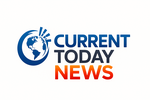














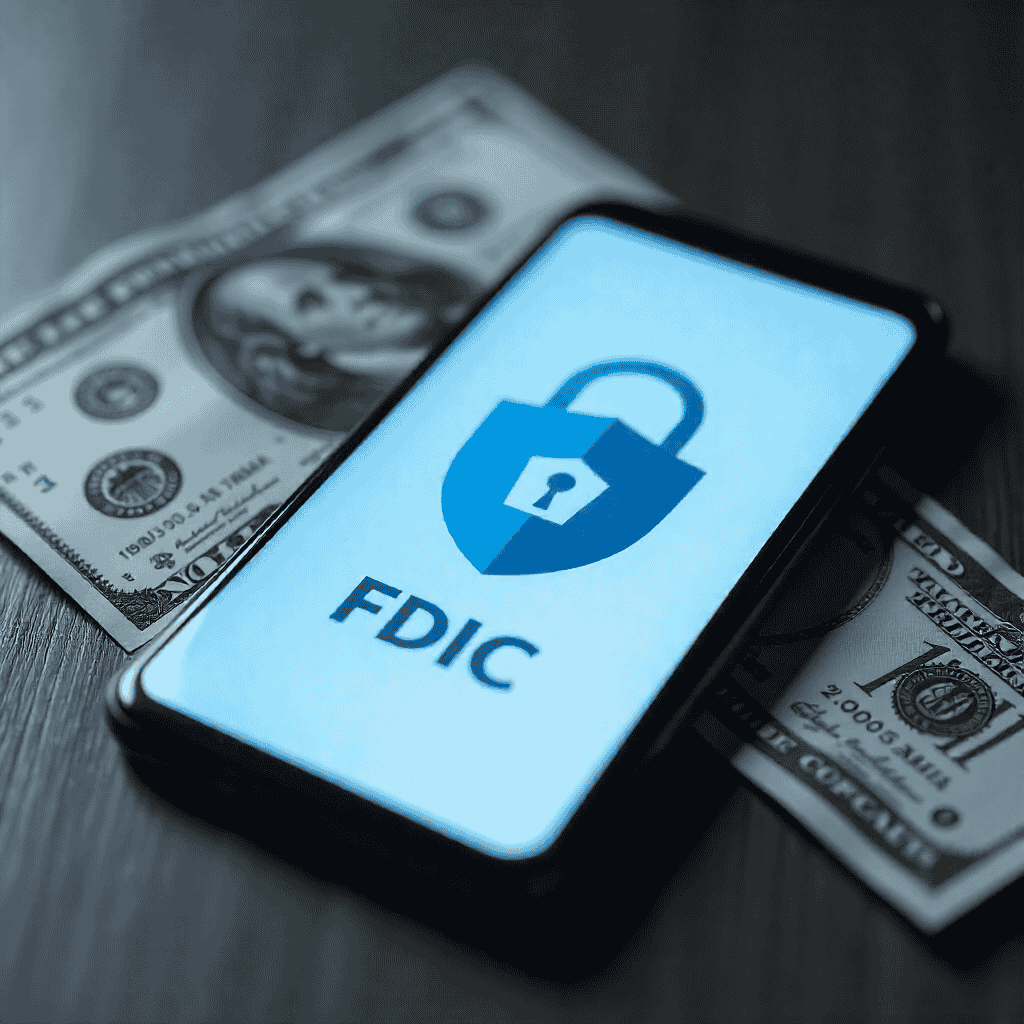


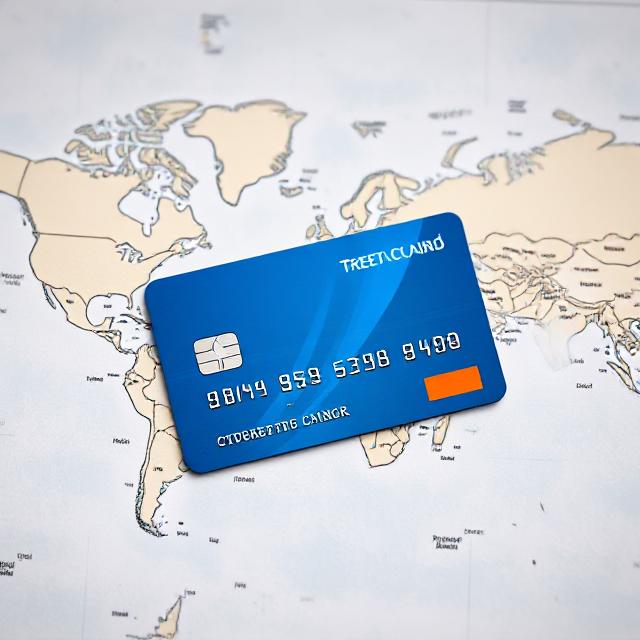
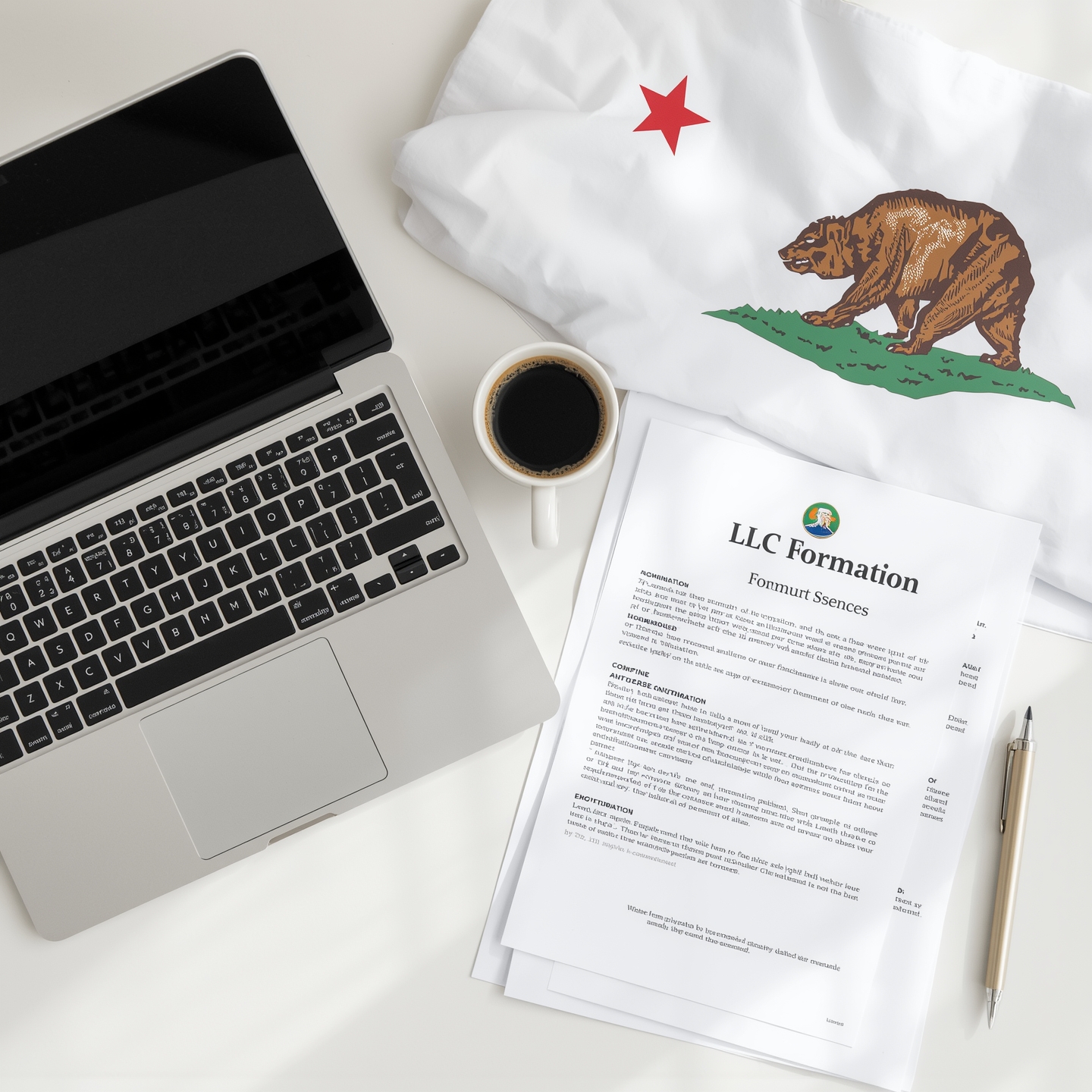

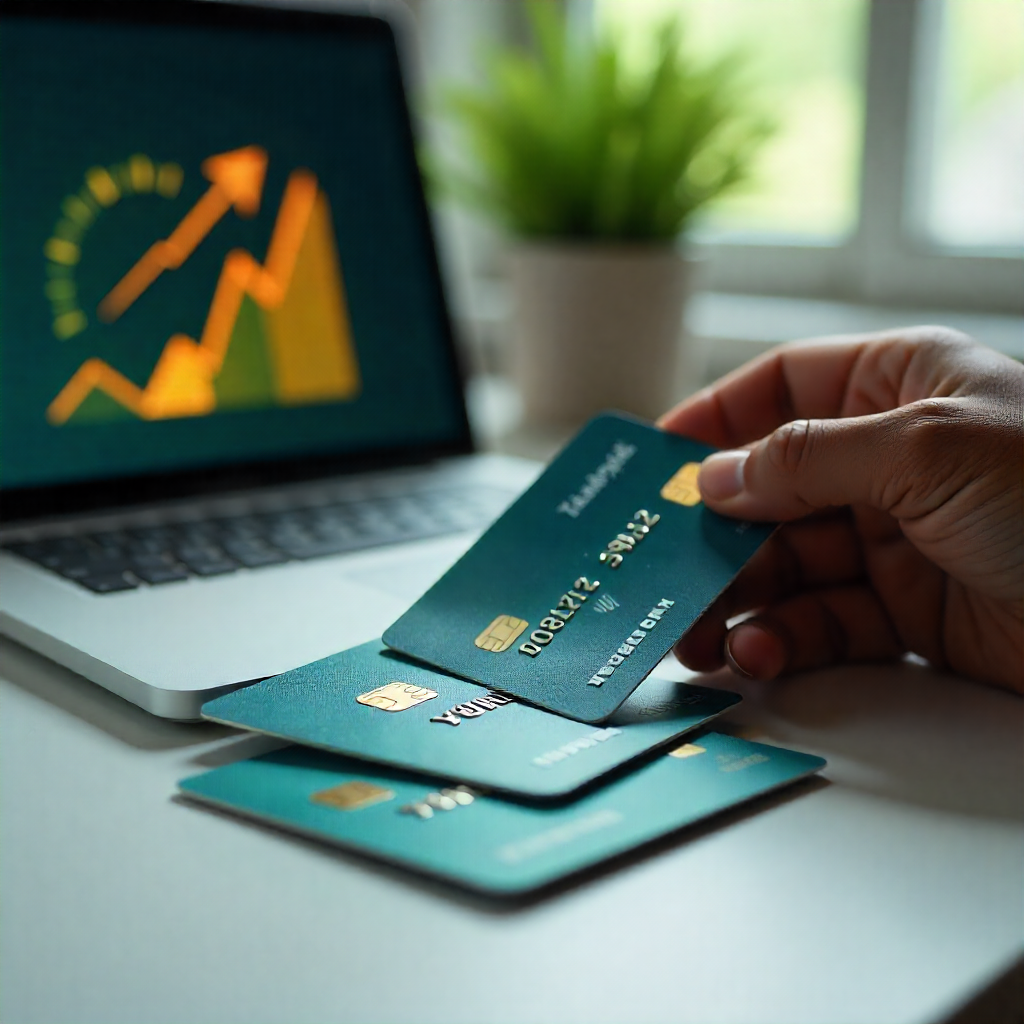





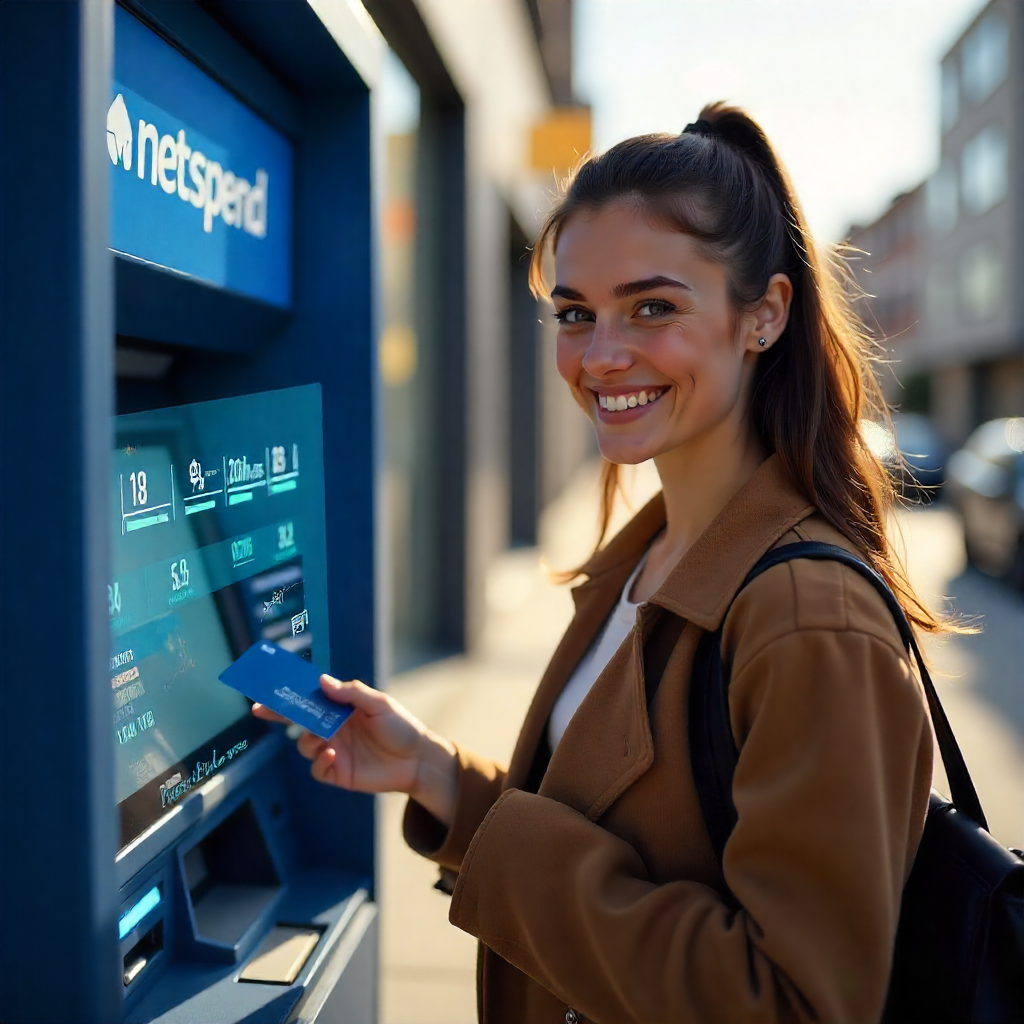









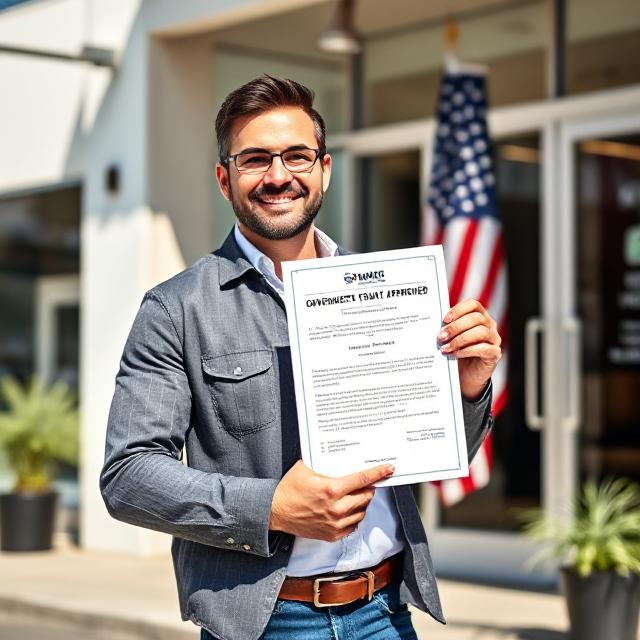

2 comments on “High-Interest Savings Account with No Fees: Smart Move for Your Money”